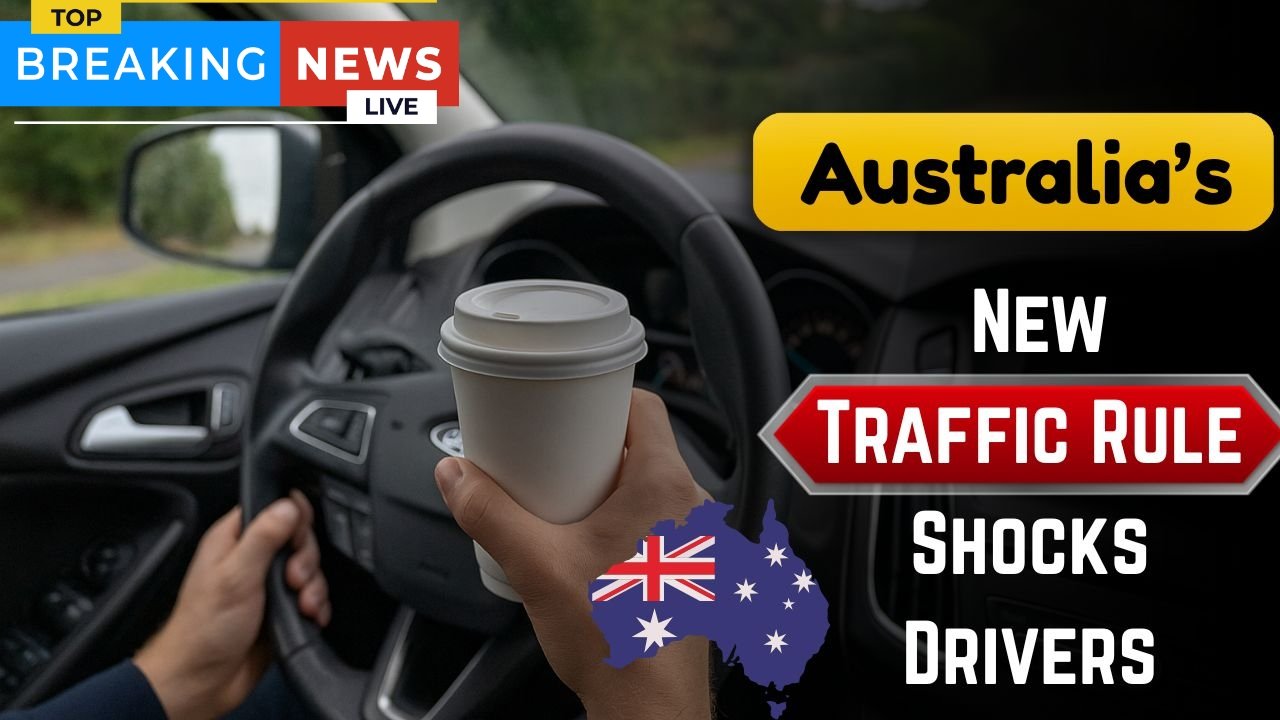The number of penalties handed out for not wearing a seatbelt in New South Wales has increased alarmingly over the last year. Fines and enforcement have also increased dramatically. The amount owed in penalties now stands at over $60 million a year. Thanks to Active Enforcement Intelligence and the cameras stationed along the roads, these fines in New South Wales have increased tenfold. Traffic lawyers and road safety advocates are now at a loss, desperate for answers. What is the aforementioned fine structure based on?
| Year | Total Fines Collected | Increase Over Previous Year | Percent for Misuse |
|---|---|---|---|
| 2023-2024 | $3.7 million | – | Not stated |
| 2024-2025 | $59 million | $55.3 million | 88% |
The severity of the fine handed out should correlate to the violation and the terms of wearing the seatbelt. Avinash Singh, a Traffic Attorney based in New South Wales, and these lawyers have a hypothesis: the new system is far too punishing for the unintentional offenses. More than twenty a week, on average. These are not edge cases. These are the fines at the heart of the enforcement system. Singh believes that the wrong wearing and not wearing at all, consequences should be divorced. The current system is too punishing for honest mistakes.

Revenue New South Wales employees are now tasked with the painstaking job of assessing pictures that have been flagged for review. All ten thousand of these pieces of “evidence” or more are first assessed by the computer system. “Active Enforcement Intelligence” software. To the best of their ability, the employees have to separate likely candidates from a sea of processed images. The AI cameras being implemented in New South Wales have a very specific use: detecting the use of seatbelts. These cameras and work systems are expected to be used and reinforced in more locations in New South Wales in the near future.
The improved technology means more efficient detection, but also enables drivers to incur lots of penalties without their initial knowledge. Many of Singh’s customers are surprised to be informed of their penalties after the fact and after hefty payments which only serves to heighten their frustration.
Road Safety Advocates Demand Strict Compliance
The Australian Foundation Road Safety is of the opinion that penalties should not be relaxed. Statistics show that wearing a seat belt incorrectly and not wearing one at all carries the same risk, which can be debilitating or life-threatening. Safety advocates want stricter enforcement of laws in a country where, on average, five people die on the roads every day, a phenomenon which is at an alarming high of 15 years.
Correct Usage is Critical
Specialist in the field insist that seat belts be worn in a certain manner: the lap belt should be worn on the hips, and the sash should be worn crosswise and upwards on the chest and shoulder. Having the belt sash put under the arm or the back of the waist only serves to negatively enhance the potential of the seat belts to save lives. The ARSF doesn’t think lost life vests during an emergency and improperly worn seatbelts are all that different. Both lack any real utility as lifesaving devices just when people need them most. [1]
Calls for Balanced Reform
The pendulum is forever swinging between more enforcement and more humane punishment. This is what current public policy debate boils down to for NSW. Safety advocates are willing to look past enforcement as excessive for trivial mistakes assuming enforcement of laws is far too lenient. While some safety advocates are far more inclined to support enforcement over public education as road safety policy, they all agree that modern law enforcement needs to figure out balancing deterrence and education along with justice for all road users, and not just for some.














